Stutthof
Already on September 2, 1939, the first Poles were imprisoned in Stutthof concentration camp. Local Nazis from Danzig (Gdansk) had before the outbreak of war located a suitable place for a concentration camp. In 1941, Stutthof was given official concentration camp status. The prisoners were mainly used as slave labor in nearby war industries set up by the germans. But Stutthof also provided slave labor to large industries around West Prussia. Usually satellite camps subordinated to Stutthof was built close to these industries. It was mainly Polish citizens who were imprisoned in Stutthof, but during the second half of the war, soviet prisoners of war, Jews, danish and norwegian citizens were also imprisoned. The number of Jewish prisoners increased in 1944. In 1943 the camp was expanded due to increased prisoner transports. This new part of the camp came to be called the new camp. Stutthof’s geographical location at the Baltic Sea coast made it very exposed to the cold winds that swept in from the sea. In the summer of 1943, a gas chamber was built, the purpose was to disinfect clothes. But in the summer of 1944 Jews were deported from Auschwitz and murdered in the gas chamber. Stutthof was not liberated until the day after the war ended, but then there were no SS men left and the prisoners had previously been forced away on Death marches to other camps and places.
Current status: Partly preserved/demolished with museum (1998).
Address: ul. Muzealna 6, 82-110 Sztutowo.
Get there: Car.
Follow up in books: Kogon, Eugen: The Theory and Practice of Hell: The German Concentration Camps and the System Behind Them (2006).
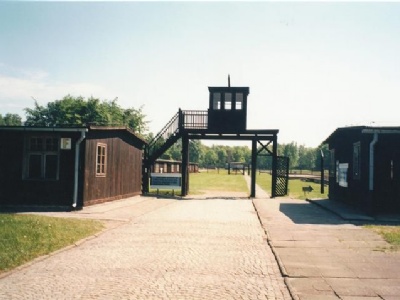
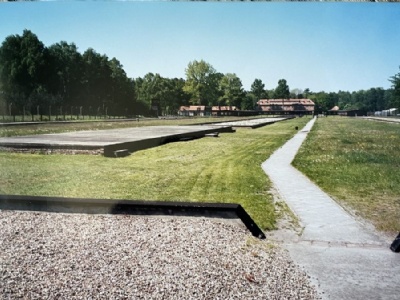
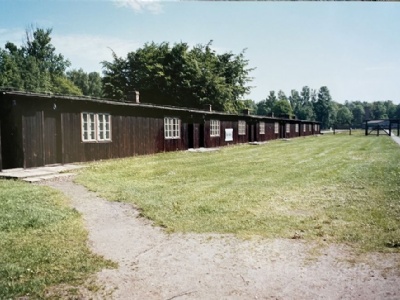
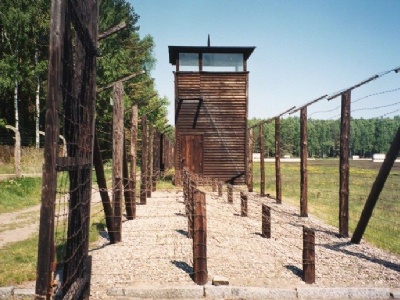
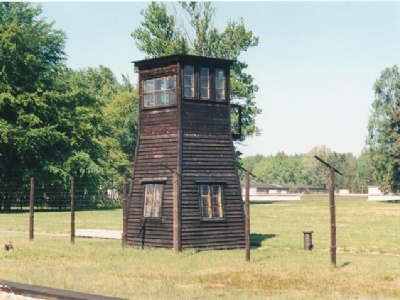
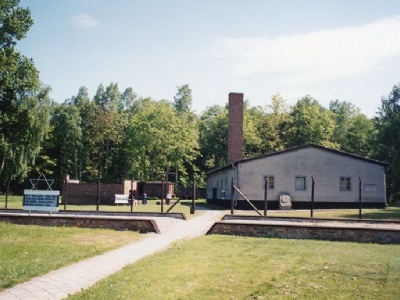
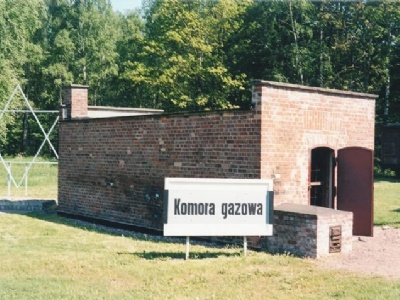
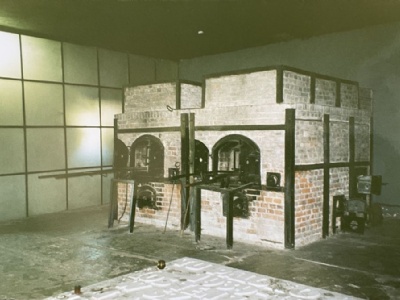

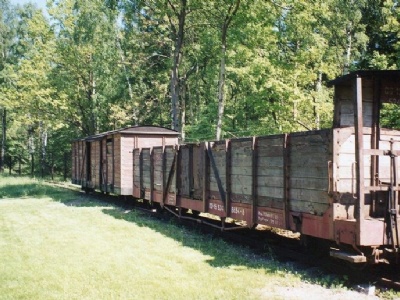
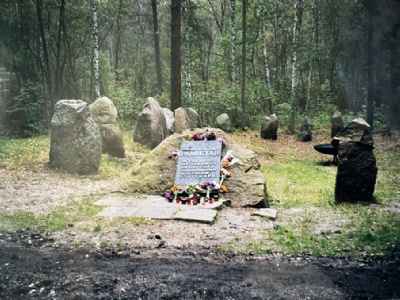

After the war, there were rumors that the Nazis were making soap from human fat collected from the murdered Jews. This is a myth and no soap was ever made. A German professor named Rudolf Spanner experimented in a laboratory in Danzig to produce soap from human fat. Somehow he had managed to get the managment at a mental hospital in Königsberg and the Stutthof concentration camp to provide him with corpses. His own story about this soap making was that it would be used in special joint operations and not in the way we associate with soap. The experiments were on Spanners own initiative and there was no industrial soap production out of human fat. When Himmler found out about these experiments in November 1942, he found them so disgusting that he ordered an immediate stop. Reusing human hair on an industrial scale was not something that Himmler found repulsive and is a good example of the dual nature of several Nazi leaders and doctors.